We caught up with the brilliant and insightful Angela Ford a few weeks ago and have shared our conversation below.
Angela, thanks for joining us, excited to have you contributing your stories and insights. How did you scale up? What were the strategies, tactics, meaningful moments, twists/turns, obstacles, mistakes along the way? We’d love to hear the backstory the illustrates how you grew your brand.
From day one eight years ago I decided The Obsidian Collection Archives would be global. I picked a name that worked anywhere, a logo with the strength of a world brand, and I told everyone “soon we will be international.” That one sentence opened doors. Colleagues started introducing me to friends around the world and with today’s tech it was almost effortless to connect. I would wake at odd hours, coffee in hand, ready to meet on video and talk with excitement about bringing Obsidian to their countries. I studied cultures, histories, and exchange rates so I could show up informed and respectful.
Then in 2022 it happened. I rented a flat in London for a month and launched Obsidian UK. It was a rousing success — the moment I knew our global vision was real. From there we just kept going. Friendships turned into partnerships, investors came aboard, and sponsors joined our events. Scaling up was never about luck. It was about seeing the horizon early, speaking it into existence, and doing the work until the world opened up.

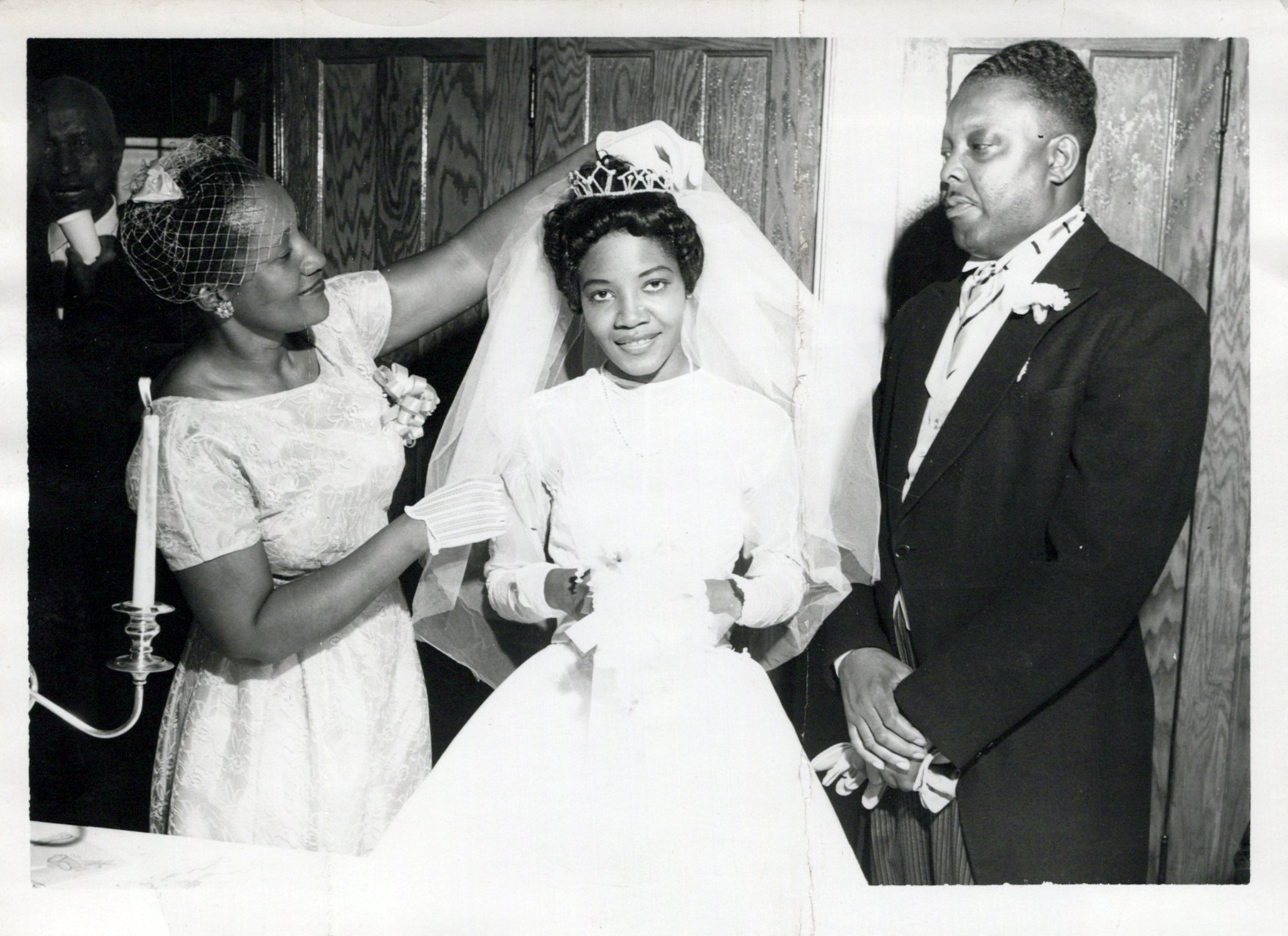
Awesome – so before we get into the rest of our questions, can you briefly introduce yourself to our readers.
I am Angela Ford, the Founder of The Obsidian Collection, an organization I created to ensure that the rich and often overlooked history of Black communities is preserved, elevated, and accessible to the world. My journey into this work began long before Obsidian existed. I’ve been an entrepreneur for over 35 years, working in industries as varied as fashion, real estate, and media. In every role, I have been drawn to projects that amplify authentic stories and create platforms where people feel seen and valued.
The spark for Obsidian came from a conversation with my son about the lack of accurate representation of Black Chicago history online. His experiences teaching abroad underscored how global the problem was — and how important it would be to share our stories widely and truthfully. From that moment, I made a decision: we would not just be a local archive; we would be global from the start.
Today, The Obsidian Collection Archives safeguards photographs, print media, records, and cultural artifacts documenting Black life, artistry, and contributions across generations. We digitize these treasures and place them on a platform that is accessible to scholars, educators, creatives, and the public worldwide. We partner with community organizations, photographers, historians, and institutions to reclaim, curate, and share stories that foster cultural awareness and historical appreciation. Our work spans digital archiving, publishing through Obsidian Magazine, producing The Obsidian Stories podcast, and hosting live events that bring history to life.
What sets us apart is our commitment to both cultural authenticity and technical excellence. We’ve secured eight trademarks, built robust digital asset management systems, and forged partnerships with organizations like Google Arts & Culture and Newspapers.com to make millions of pages of vintage Black newspapers available globally. We’ve expanded to London, established a presence in Kenya, and are building relationships with AI firms to take digital preservation to the next frontier.
I am most proud of the trust we’ve earned. Individuals, families, and institutions share their most precious archives with us because they know we will protect their stories while making them accessible to inspire others. Whether it’s hosting a documentary premiere that garners NAACP Image Award recognition or acquiring a 135-year-old mansion to serve as our flagship Obsidian House, every milestone is rooted in the same mission: to ensure that Black narratives remain visible, valued, and accurately represented for generations to come.
For anyone discovering us for the first time, I want them to know that Obsidian is more than an archive — it’s a living, evolving celebration of the Black experience. We exist to connect the past, present, and future, and to make sure our stories are not just preserved but are part of the global conversation.

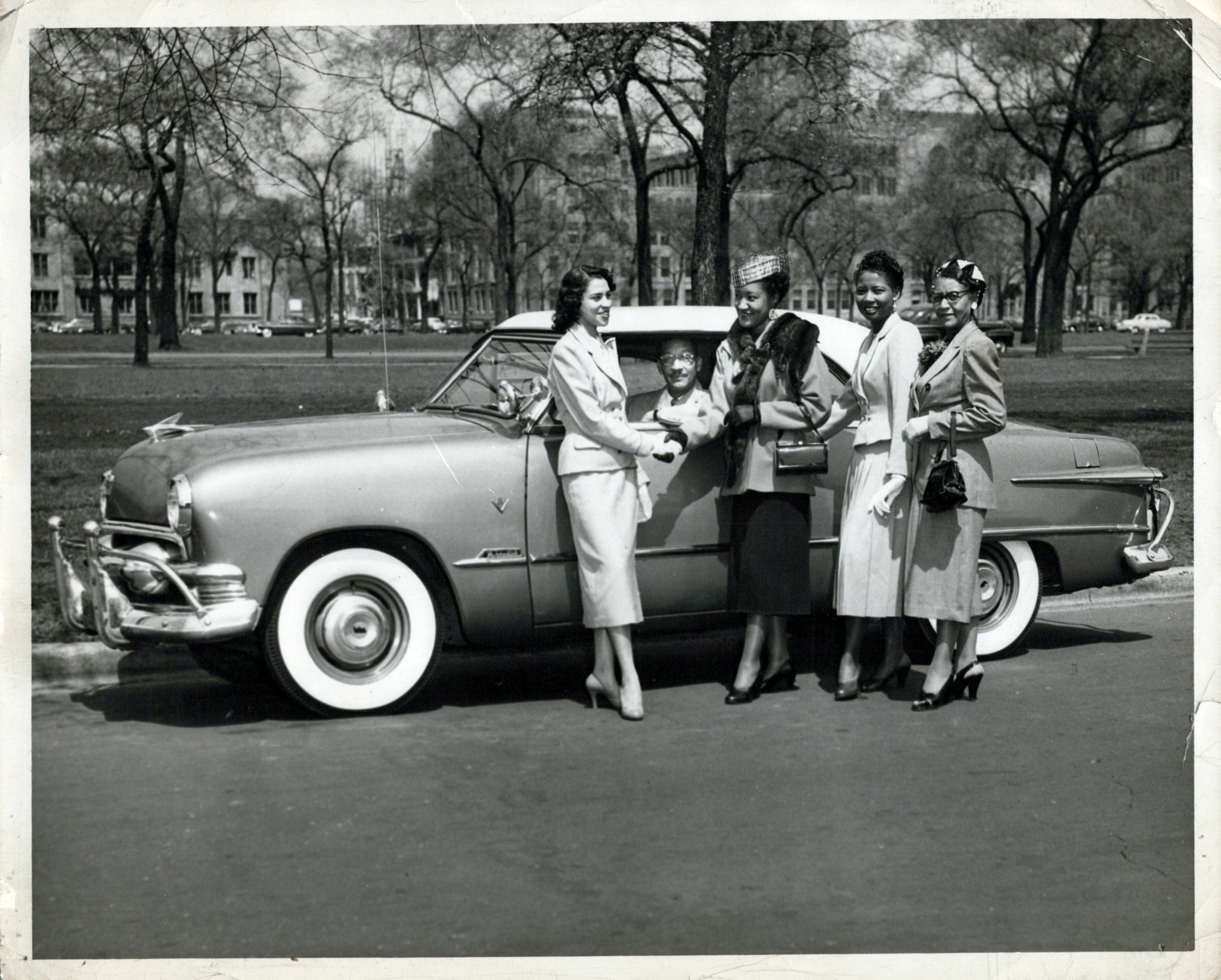
We often hear about learning lessons – but just as important is unlearning lessons. Have you ever had to unlearn a lesson?
One of the biggest lessons I had to unlearn was believing that organizations whose stated purpose is to “help entrepreneurs” could actually make me successful. In my 35-plus years as an entrepreneur, I’ve never seen a breakout star emerge from those groups. Being extraordinary does not happen through ordinary means.
There is a comfort in being among peers because entrepreneurship can be incredibly lonely. I understand why people gravitate toward that support. But my real turning point came when I came across what would become one of my favorite quotes: “If it is to be, it is up to me.” It’s beautifully simple — ten two-letter words that say everything.
I realized I already had the fundamentals to do what had to be done. What I had been seeking was the comfort of consensus. But the truth is, every person I know who has surpassed average growth did it on their own terms, with teams they built themselves. It wasn’t learned in a workshop series that ends with a closing ceremony, a salad and a certificate. It was learned in the trenches, through action, persistence, and the courage to trust their own vision.
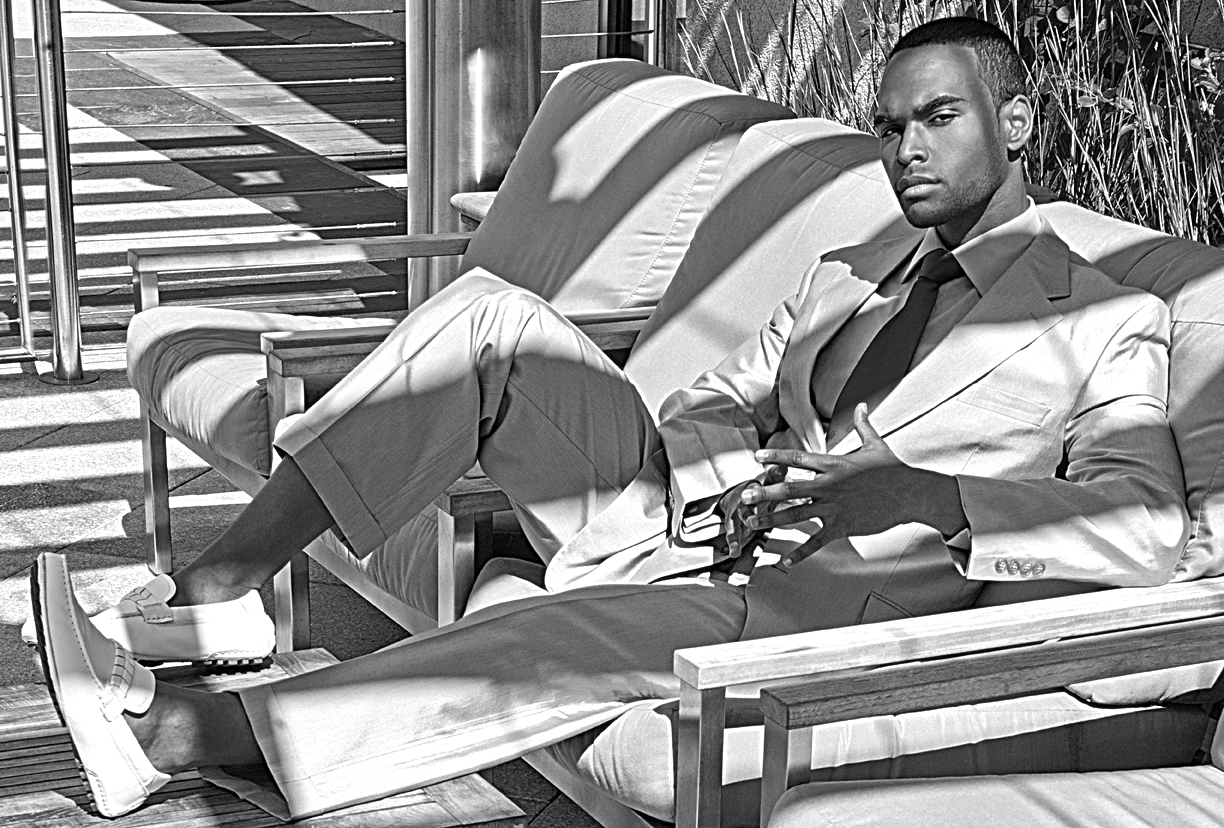
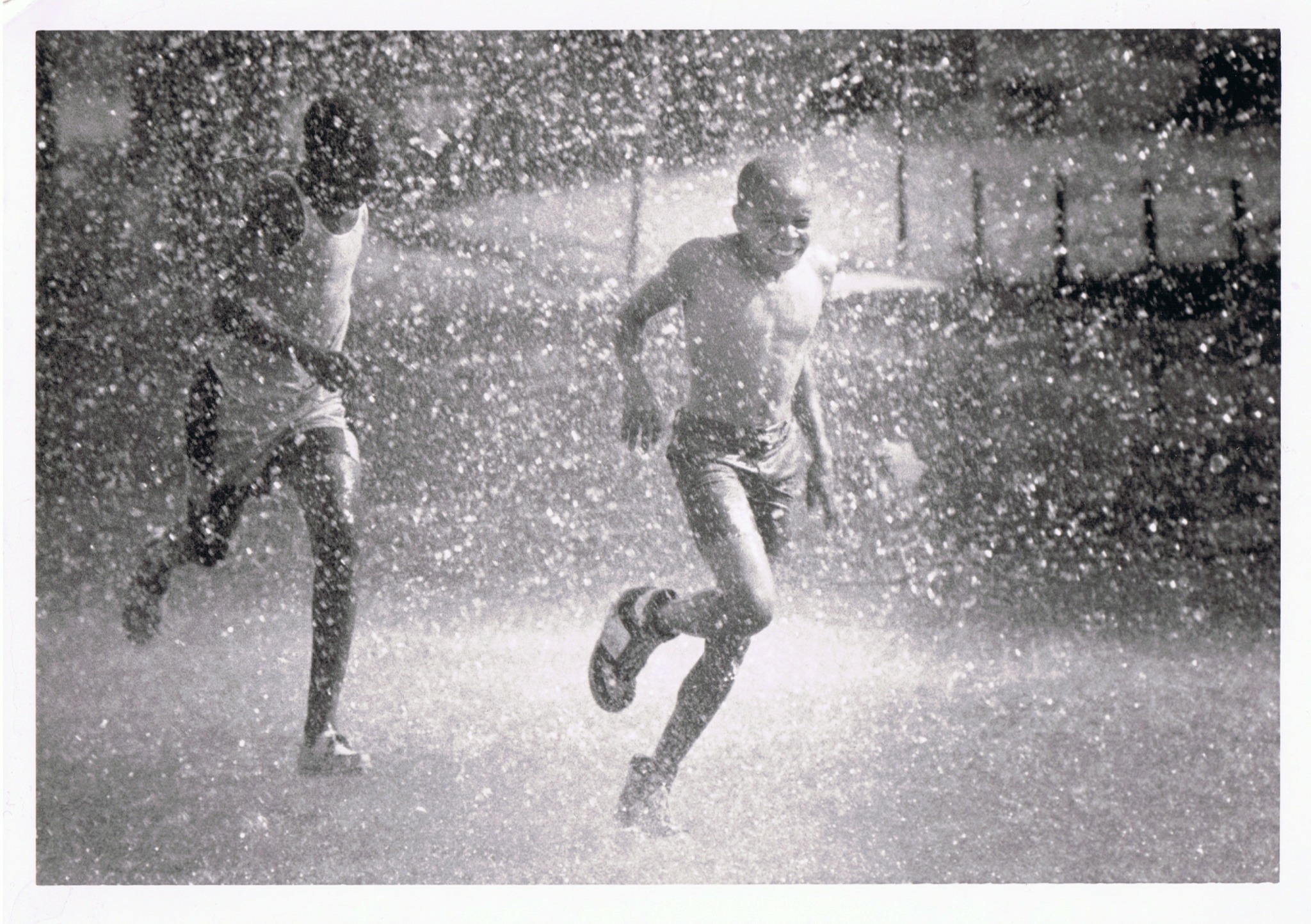
Have you ever had to pivot?
Right out of college, I jumped into entrepreneurship and founded A. Ford & Company. For ten years I had a blast — a wardrobe stylist for brands like Coca-Cola and McDonald’s, doing set design for commercials and films, plus wardrobe styling for famous music videos. I even produced, directed, and choreographed a seven-year fashion show tour that crisscrossed the country.
Then, at 31, life shifted. I was a divorced mother of a toddler who needed the stability of healthcare benefits. That meant dusting off my business degree and taking a job as an Executive Secretary. My ego took a hit. I could not believe I was literally getting coffee for people I felt I should be sitting alongside. But it was at a real estate firm, and my motto has always been, “I’m the best there is wherever I am.”
It was the 90s — Microsoft Office was brand new, laptops were hitting the market, and I was already a skilled typist and Word Processor. I decided to master every new technology that came my way. Eight years later, I had gone from making coffee runs to managing over two million square feet of municipal real estate. I bought my first home and an income property, and when I started my next business, I could handle so many of the operational tasks myself.
Now, in my early 60s, I’m still extremely tech proficient. Looking back, I’m more grateful for those pivotal years than I could have ever imagined. They gave me skills, resilience, and confidence that continue to power everything I do today.
Contact Info:
- Website: https://www.theobsidiancollection.org/
- Instagram: https://www.instagram.com/obsidiancollection/
- Facebook: https://www.facebook.com/theobsidiancollection/
- Youtube: https://youtu.be/g3XW5Jru0LY?si=42KYrxuGtH0U0D5d
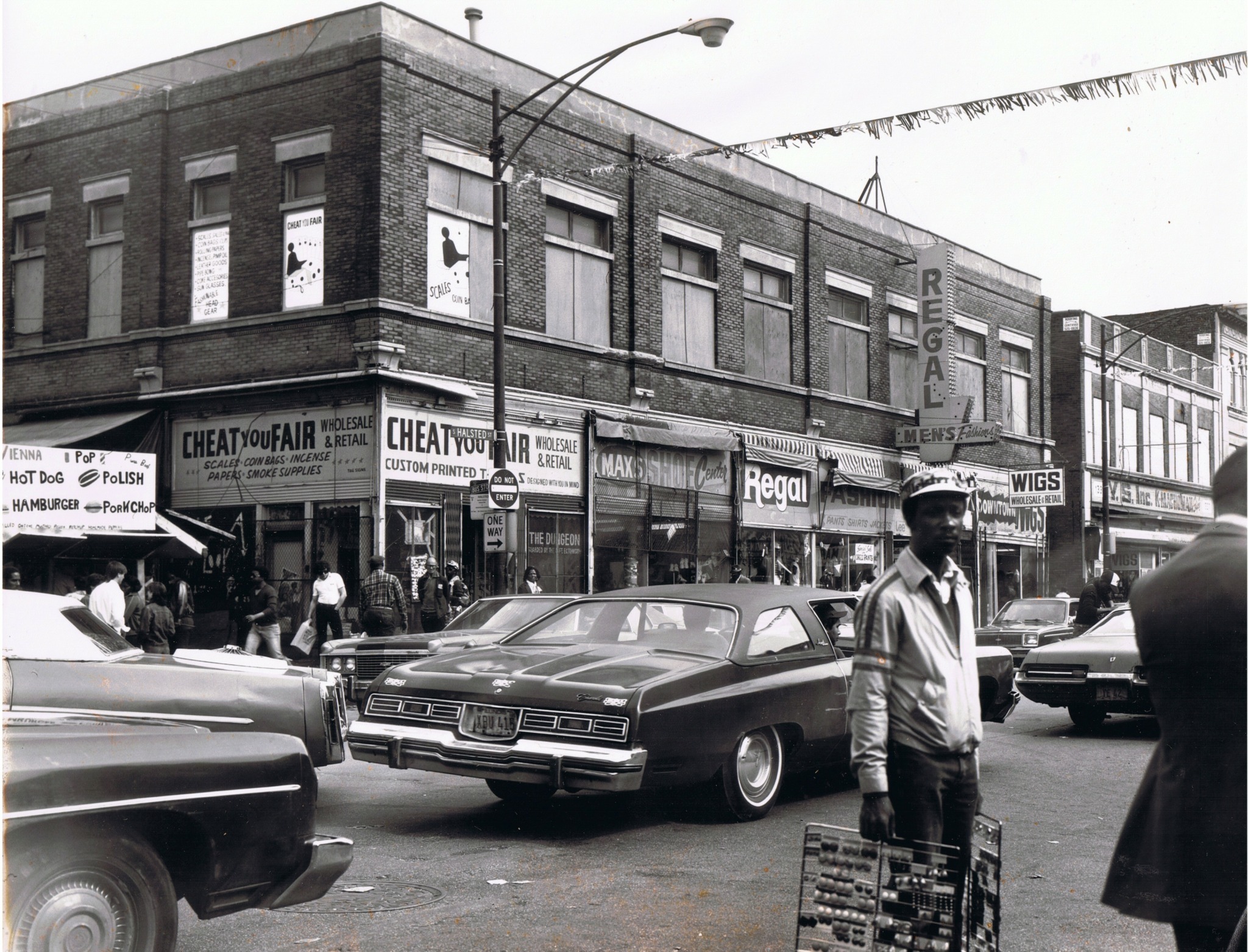
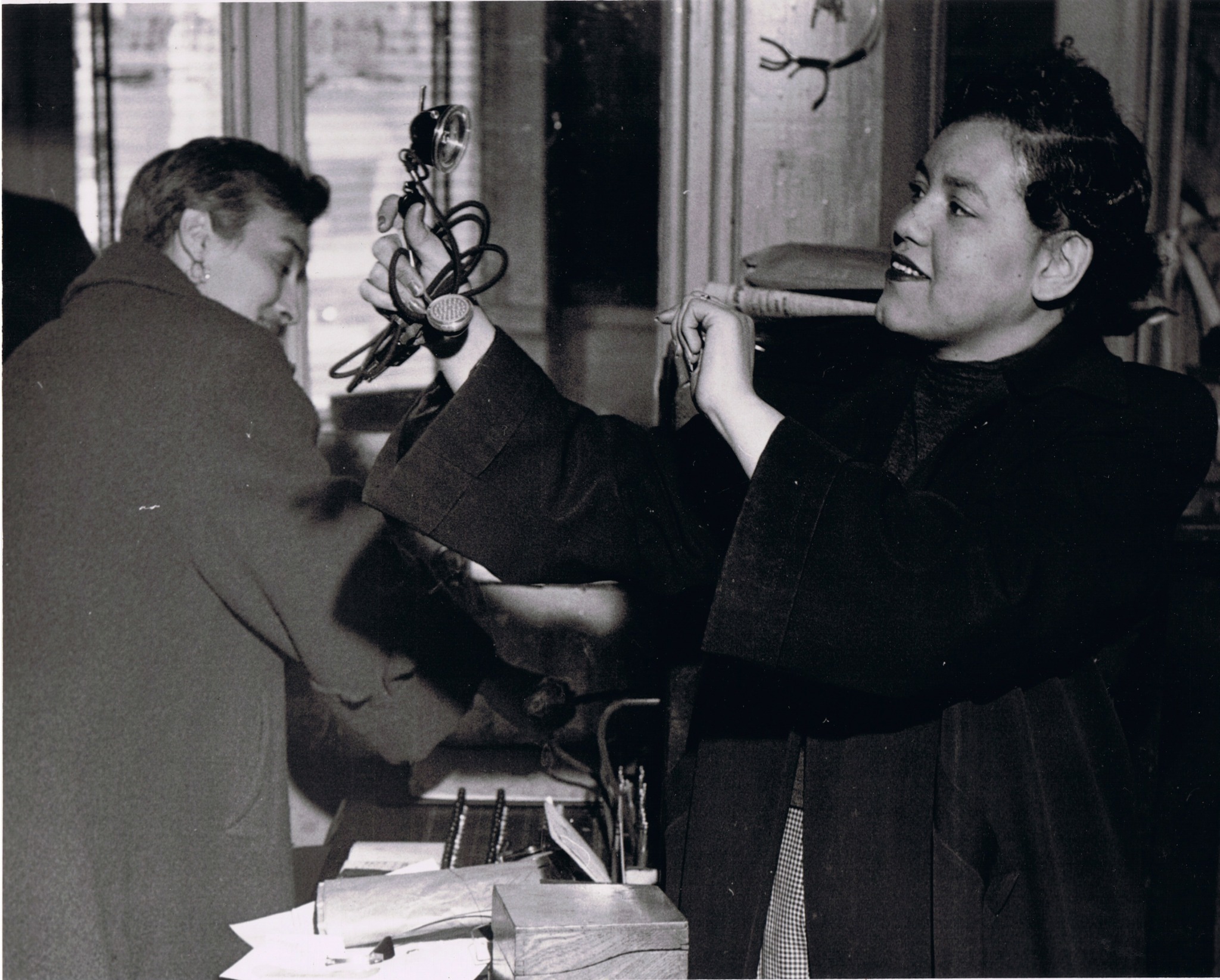
Image Credits
All Photos can be credited “Provided by The Obsidian Collection Archives”


